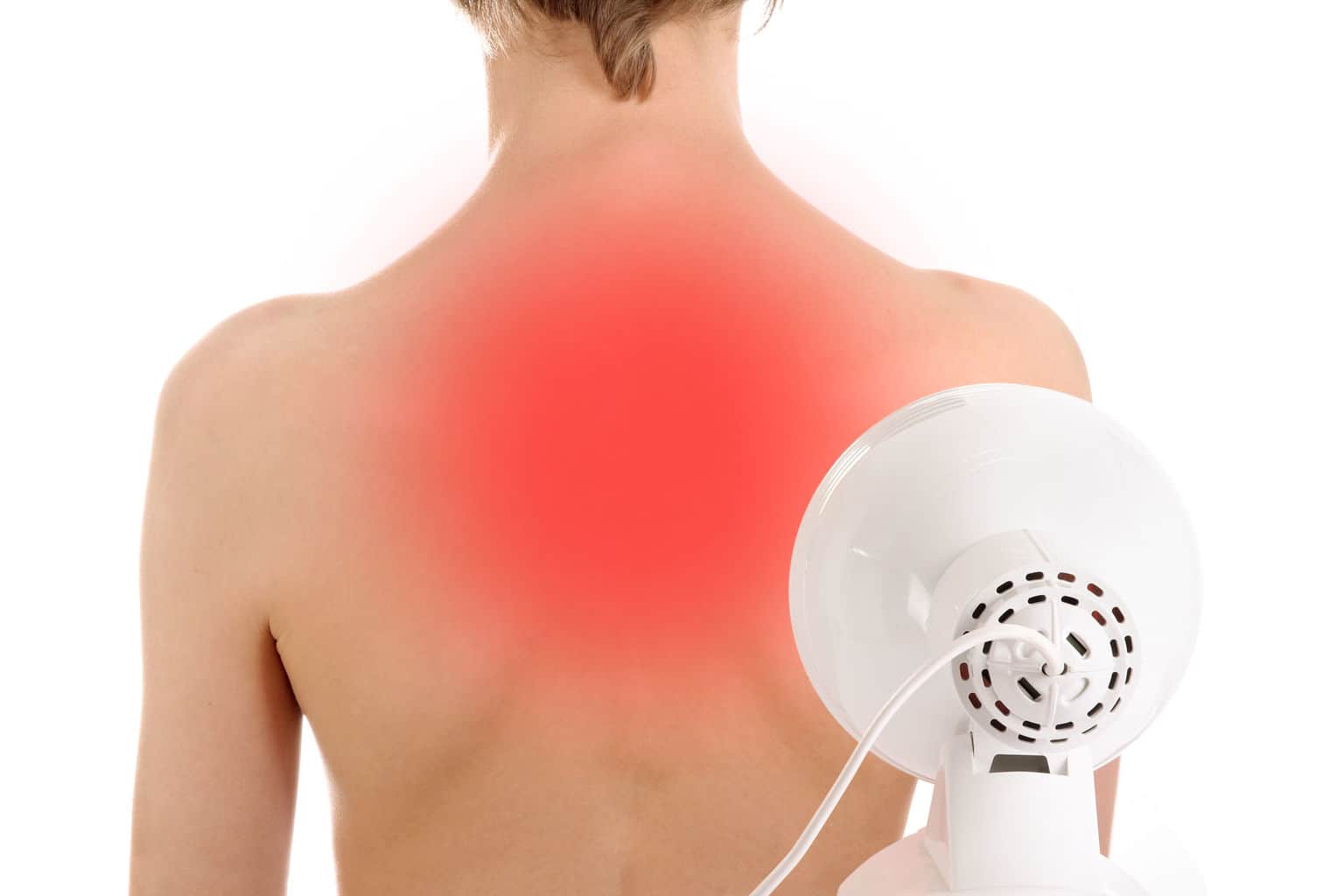
[cmamad id=”4726″ align=”center” tabid=”display-desktop” mobid=”display-desktop” stg=””]
If you’ve been following my work for a while, you know how positively I view red light.
I use red light every day when I’m in the office.
In fact, I’m using red light right now.
One day, I hope to build an office with red lights all over the place, up high and down low.
I would get tremendous whole-body exposure with red light the way you get moisture exposure in a sauna.
Unfortunately, I don’t have that office yet, but maybe one day I’ll build it.
For now, I use some cheap lighting fixtures and cheap light bulbs.
And anyone can create a red light environment this way.
In fact, red light is so great that the medical community is FINALLY recognizing it.
Of course, there’s not much research on using red light in the United States because Big Pharma has no interest in it.
Big Pharma is more interested in drug therapies they can patent and make a lot of money.
Since red light therapy for acne works, Big Pharma would lose sales of their very expensive and harmful medications, such as Accutane.
However, I’m not writing about Accutane right now.
I’m just writing about a simple application of red light in case you have acne or know someone who does.
This experiment was conducted in China.
It’s based on the theory that blue light was useful for treating acne.
[cmamad id=”4727″ align=”center” tabid=”display-desktop” mobid=”display-desktop” stg=””]
Blue light is actually harmful to the body.
But since blue light does kill the bacteria that tend to cause some cystic acne problems.
So, blue light does help to some degree but isn’t really a good idea.
But nobody ever tested red light.
And they should, because red light is just nothing but good.
There’s nothing bad about red light — there are no side effects, and you can’t overdo it.
It’s even good for your mental health.
You get the best benefits when you have long exposure to red light.
It’s actually quite easy to get enough red light.
There are some medical devices around that use red light.
Some of the best light therapy machines can cost more than $200 each.
Although, you can “roll your own” for $20 or $25.
But back to the experiment.

The difference was quite striking — after just eight weeks.
And I believe that this study ended too soon to see the complete effect.
I think that in 12, 15, or 20 weeks, the acne may be completely gone.

But the effects are not permanent.
People have to continue using the red light.
They can’t stop for a long time or else the acne will come back.
This has been my experience with red light.
Red light helps heal things tremendously, but it’s a cumulative process.
You have to keep doing it now and then to maintain the benefits.
But I don’t see this as a problem.
In fact, when I go away I sometimes bring a small portable red light with me.
Based on the results of this study, red light is effective in treating acne.
Also, it doesn’t get rid of the acne lesions completely, but it does cut down on the number of them a lot.
On average, after eight weeks, the patient lost 60% of their acne.
This is a huge benefit not just for acne, but for almost any skin, joint or health problem at all.
Red light is indispensable.
If I were stranded on a desert island with the choice of just one modality or treatment method, I would just take a red light.
Hopefully, I don’t ever have to live that desert island challenge.
But if I did, at least I’d have my red light.

http://onlinelibrary.wiley.com/doi/10.1111/j.1524-4725.2007.33258.x/full

Leave a Reply